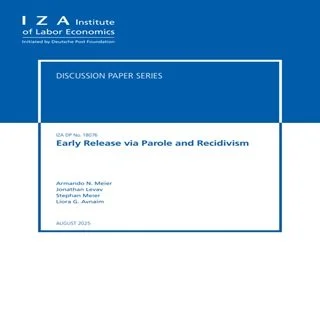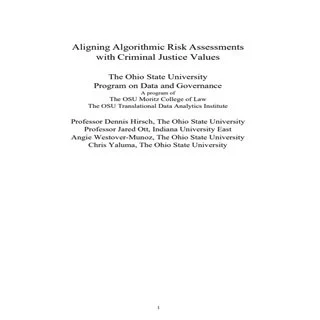By Dennis D. Hirsch, Jared Ott, Angie Westover-Munoz, and Chris Yaluma
Federal and state criminal justice systems use algorithmic risk assessment tools extensively. Much of the existing scholarship on this topic engages in normative and technical analyses of these tools, or seeks to identify best practices for tool design and use. Far less work has been done on how courts and other criminal justice actors perceive and utilize these tools on the ground. This is an important gap. Judges’ and other criminal justice actors’ attitudes towards, and implementation of, algorithmic risk assessment tools profoundly affect how these tools impact defendants, incarceration rates, and the broader criminal justice system. Those who would understand, and potentially seek to improve, the courts’ use of these tools would benefit from more information on how judges actually think about and employ them. This article begins to fill in this picture. The authors surveyed Ohio Courts of Common Pleas judges and staff, and interviewed judges and other key stakeholders, to learn how they view and use algorithmic risk assessment tools. The article describes how Ohio Common Pleas Courts implement algorithmic risk assessment tools and how judges view and utilize the tools and the risk scores they generate. It then compares Ohio practice in this area to the best practices identified in the literature and, on this basis, recommends how the Ohio Courts of Common Pleas—and, by implication, other state and federal court systems—can better align their use of algorithmic risk assessment tools with core criminal justice values.
Legal Studies Research Paper No. 939, 2925




